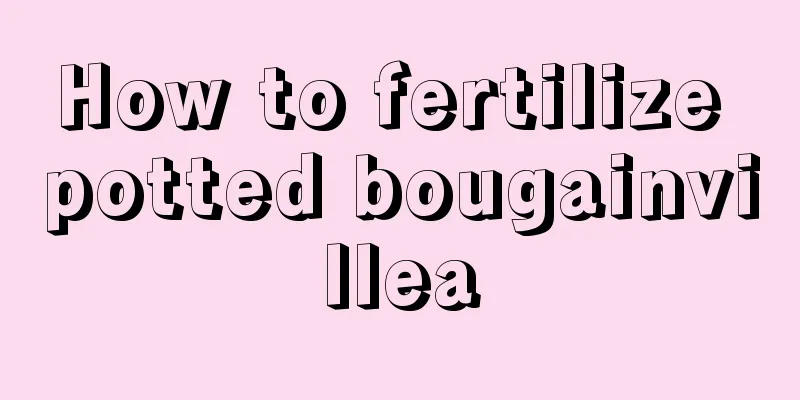How to propagate Gaillardia

How to propagate GaillardiaThere are generally three ways to propagate Gaillardia, namely sowing and cuttings. The most commonly used and familiar method is the sowing method. Let’s study them separately. Seed propagationSeed propagation is often carried out in summer. The seeds and substrate must be processed before sowing. The substrate must be disinfected to kill pests and diseases. The seeds should be soaked in warm water for 3 to 10 hours, depending on the situation, as long as the seeds swell. Some seeds are too small to be sown by hand, so you can use tweezers to hold them and place them on the surface of the substrate. After all the seeds are sown, a layer of substrate should be attached, about one centimeter thick. After sowing, you can choose to use a spray to lightly wet the substrate, so as to avoid the seeds being washed out due to excessive watering. Finally, cover with film. After sowing, when the seedlings emerge from the soil, the film should be removed and the seedlings should be exposed to light regularly. Be careful to avoid strong light exposure, for example, they can be exposed to light before nine o'clock. Cutting propagationCutting propagation is also a relatively simple method of propagation. The material to be selected for cuttings is called cuttings. Cuttings are usually selected from the top shoots that grow well and are free of diseases and pests. The temperature during cuttings should be kept between 18℃ and 25℃. The cut ends for cuttings must be disinfected; if the temperature is too high, it can easily lead to infection of the cut ends. At the same time, if the climate is cold, you can cover it with a film to increase the ambient temperature. Shade is also necessary, blocking out more than half of the sunlight. Things to note when breeding GaillardiaAfter sowing and propagation, pay attention to remove the film and give appropriate light after the seedlings emerge from the soil. The light supply time should avoid the strong light period at noon, generally before 9 am to after 3 pm. During this period, they should be placed in a cool place. After the seedlings grow out one after another, appropriate thinning should be done, that is, pulling out the seedlings that are not growing well, leaving growth space and sufficient water and nutrients for the seedlings that are growing well. The temperature must be controlled during cuttings. Too low a temperature is not conducive to the growth and survival of the cuttings after cuttings, while too high a temperature will cause the cut ends of the cuttings to be infected with bacteria. Appropriate shading should also be provided after cuttings, and the shading effect should be more than half. When the temperature is high, the number of watering should be increased. |
<<: How to propagate Oxalis purpurogenum
Recommend
When is the ground ring harvested? What is the best month to harvest?
Earth Ring Harvest Time The ground ring is genera...
Where do strawberries grow?
The strawberry leaves are diamond-shaped, the pet...
How long does it take for Milan flowers to take root?
Milan flower cutting rooting time The best time f...
Christmas cactus amaryllis... blooms 3 or 4 times a year, how does it do that?
If you grow Christmas cactus like this, it can bl...
How to grow Areca palm in autumn
1. Temperature According to the habits of the Are...
Is it better to grow water lilies in water or soil?
Is it better to grow water lilies in water or soi...
How to grow Lingying succulent
1. Breeding environment 1. Soil: When growing Lin...
If you grow a pot of "Pansy" at home in autumn, it will bloom easily and look beautiful, and most importantly, it is super easy to grow!
He not only grows various flowering flowers, but ...
What is the best season to plant sweet potatoes? Sweet potato planting time and method
When planting sweet potatoes, the first thing to ...
When is the best time to plant autumn cucumbers?
Planting autumn cucumbers is favored by many grow...
How to grow potted lemons to make them grow well? Lemon cultivation methods and precautions
Lemon trees are easy to grow, because lemon seedl...
Cultivation methods and precautions of variegated bougainvillea
1. Breeding methods 1. Sunlight: It is a light-lo...
Black Master's cutting method
The succulent black magic master is a flower plan...
Causes and treatments of yellow leaves of Milan flowers
1. Lack of sunlight 1. Reason: Milan loves sunlig...
How to water Brazilian iris orchid
Watering tips for Brazilian iris orchids Brazilia...









